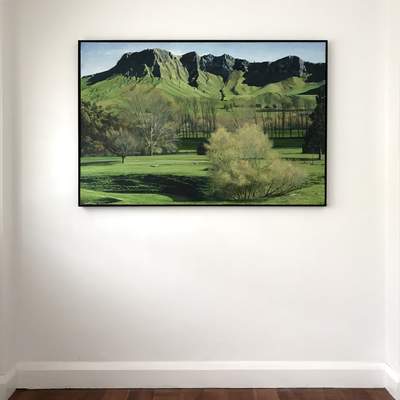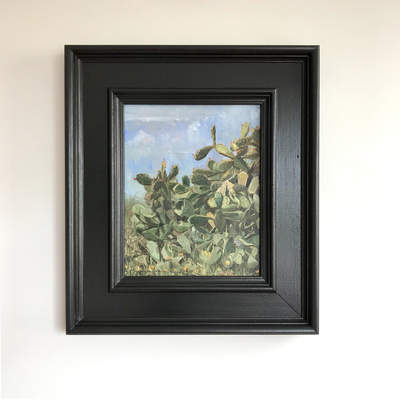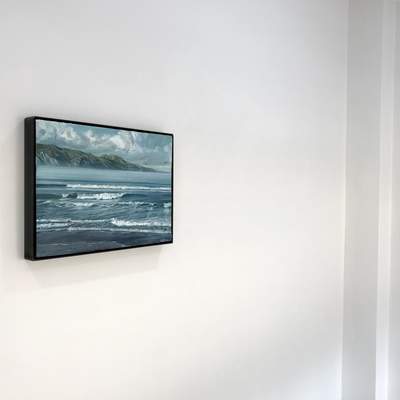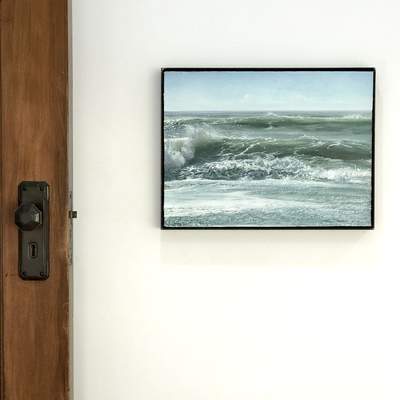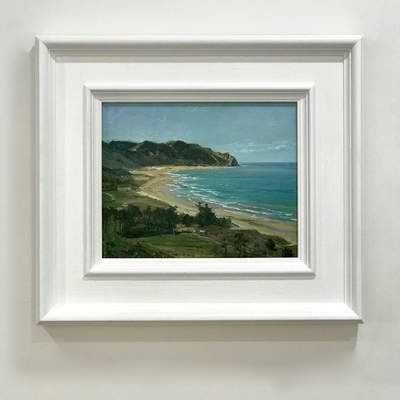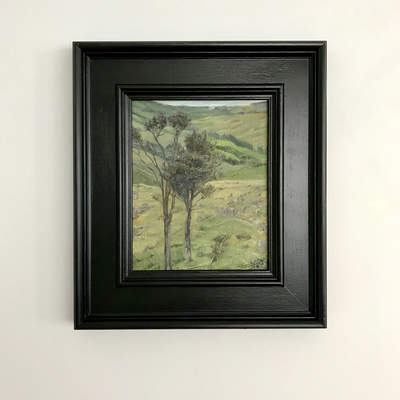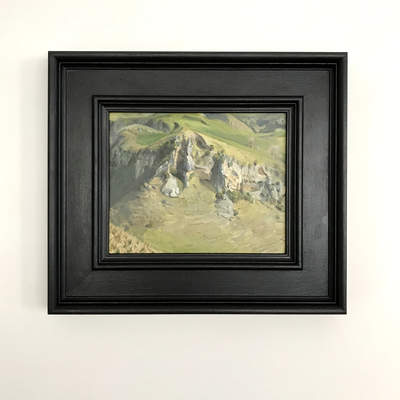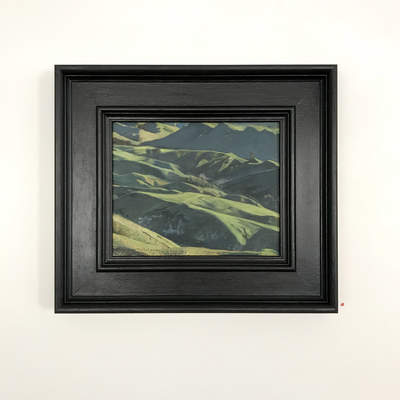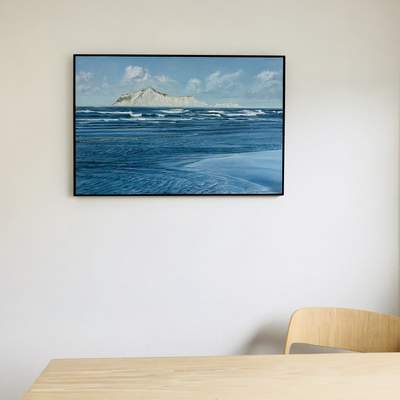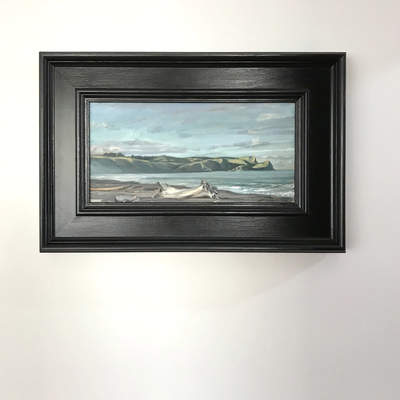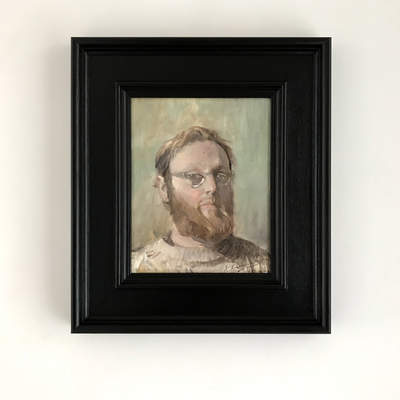Plein Air | Studio
Freeman White
9 Feb 2018 — 10 Mar 2018
Documenting Light as of Artistic Process
When an artist picks up their brush to paint from life, skill has already publicised itself to the world. They show and reveal to those of us what is often missed in the act of looking. This isn’t a failure in how we use our eyes, but because an artist in the know is finely tuned to delicate tasks. Take the brush for example - we may be familiar with it as a common household instrument: painting weatherboards, applying makeup, or in the kitchen brushing butter onto filo pastry. However, in the hands of a skilful artist, brushes come to mean something more.
I once asked Freeman about his relationship with meaningful action; with practice and craft, with process and completion. He responded:
“When you are painting for a viewer, and you get a picture to a final physical form, it stands as a document, it stands on behalf of the practices that produced it, left to be interpreted by viewers, for viewers to relate with”.
Often when we view a completed work of art, familiarity visits us in similar ways. The marks left on the page determine what it is we are looking at, like a completed pastry, a painted house, and a face applied with makeup. Numerous other examples can be found in the world around us. Yet, questions as to how things come to completion - their methods - can be subtly concealed by the ‘know-how’ on public display. Through all this, curiosity remains: are practices products, and how does such a document stand as a representation of knowledge being applied by direct application?
Taking an interest in artistic process may not come from a desire to understand how methodical practices work in themselves, rather it may come from how an artist uses that methodical work to organise their work during the act of painting. Put in this way, the complexities of nature are subdued and ordered by a series of methodical procedures. That is, the active task of ‘seeing light’ for example, may be reduced to a value scale, a pattern of ‘lights or darks’; of ‘positive and negative spaces’; of ‘contours and edges’ to be referred to and registered in moments of confusion, relied upon in the mind of a skilled expertise – a working tool, a circumscription device.
Designing methods that work in the comfort of a studio practice radically differ when an artist is confronted with the dynamic interplay of light that surrounds nature in any given moment. During the course of plein air painting, that challenge is presented in its most radical form. Planning what method, including how and when it is to be employed, is only reserved for the well initiated; the indeterminate nature of knowing ‘how’ is only parallel to patterns of natural light: for when the brush hits the canvas, the artist is locked into a game of representation with nature herself – clouds change, wind blows, light moves. What is to be left out, to be painted in, remains in a constant relationship between a situated looking, a temporal ordering of differentiating light. It is here that the artist chooses to remember particular moments of fleeting scenes, in deliberate ways, for future and repeated looking.
Maximilon Baddeley. Wellington, February, 2018.
